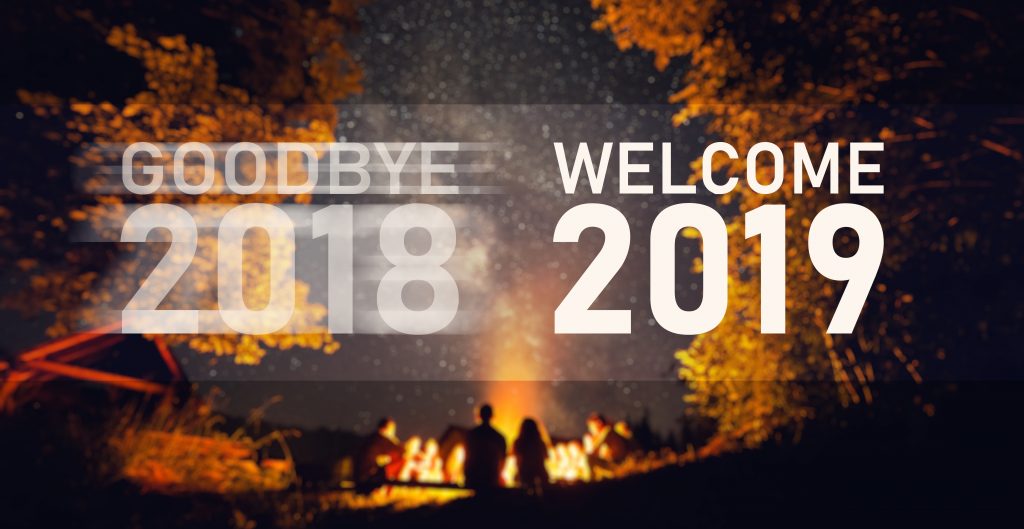Three Warning Signs Your Workplace Culture Might Be Toxic and How to Begin a Detox
Recently I was in a coaching session with a client who was worn out and frustrated in a way that felt different than our previous meetings. He was doing his best to stay resilient in the face of many recent and significant challenges at his workplace. At that moment, he reflected on how he was contributing to the problems he was facing. He then paused and asked me, “How do you know if your workplace culture is toxic?”
We explored his inquiry further, and I asked some more questions to understand what he was seeing, sensing and hearing from others on his team. In this series of blogs, I will be sharing my reflections sparked by this conversation and take you deeper into our approach to culture transformation.
What is culture?
- Culture is a set of learned beliefs, values and behaviors that have become the way of life in an organization;
- It results from the messages that are received about what is really valued around here;
- Most of these messages are nonverbal;
- People pick up these messages and adapt their behavior to fit in.
Your workplace culture is either an enabler or detractor of success, fulfillment and well-being. Leaders set the tone, showing what is valued in an organization through behaviors, symbols and systems. Most simply, people are watching those who are successful and have status in a group and ask themselves, “What do I need to do to fit in and succeed in this environment?”
As social and emotional beings, we have a deep need to belong and also to be valued for our unique contributions. When this doesn’t happen in healthy, mature and constructive ways, we seek out ways to get our needs met in unhealthy, immature and destructive ways. This usually happens at an unconscious level being driven by underlying insecurities, fears and patterns of reactivity and defensiveness — toxic behaviors. Toxic literally means poisonous, and toxic behaviors drain life energy out of people and create distrust. When our motives, language and actions become harmful to ourselves and to others, it is time for a detox.
Three warning signs your workplace might need a detox:
- People don’t feel safe to take risks and are on the defensive.
When people don’t feel safe, their energy is spent trying to protect themselves, which leads to not taking risks, less creativity and innovation — and most damaging, distrust in their relationships. What are some common threats to feeling safe in the workplace that would cause you or others to go on the defensive?
Behaviors such as put-downs, sarcasm, negative tone of voice or body language, bullying, inconsistency, rigidity, exclusion, favoritism, controlling, lying, blaming, shaming and manipulation are some examples. At various times, we have all probably been the recipient and the deliverer of some of these threatening behaviors, even if it was unintentional.
Defensive patterns happen unconsciously. When we are overwhelmed and stressed or feeling threatened, the higher order “executive functions” of our brains shut down. Critical decision-making reverts to the more primitive and reactive brain centers, which increases our tendency to fight, freeze or flight. If the record of experiences stored in the hippocampus tells the amygdala that it is a fight, flight or freeze situation, then the amygdala hijacks the rational brain, which can lead a person to react irrationally and destructively.
Unfortunately, these types of behaviors happen all too frequently in the workplace and contribute to creating toxic relationships and conversations. Taking ownership for how you could be contributing to the problem either through action, inaction or tolerance is the first step. Being open to assessing your own thinking and behavior patterns and comparing them with how you are perceived by others can help you to identify passive and aggressive defensive styles that sabotage your effectiveness as well as constructive styles that are more effective. These can also be assessed at a team or enterprise level to identify specific change levers for culture transformation.
- People don’t have clear plans, goals and are working in silos.
If there is misalignment at the highest level in the organization regarding strategy and business priorities, this cascades down to the rest of the organization. Depending on defensive styles, I have seen executive leaders and managers begin working aggressively toward competing goals and commitments, positioning and posturing themselves in their silos or passively “going along to get along” to avoid conflict. Even with the best of intentions, people often repeat ineffective defensive patterns out of habit during change.
In the face of uncertainty and lacking information, people make assumptions about what is happening and why. These stories often fuel feelings of fear, unhappiness and frustration, leading to disempowerment and resignation. People are less productive, they disengage, and both execution and collaboration suffer.
How can you best respond to this challenge? Working with your leaders to understand the business priorities and establishing clear goals, plans and expectations in alignment with the strategy reestablishes focus and purpose for team members. The majority of people want to do their best and will take initiative and propose solutions when there are clearly defined objectives, plans to achieve them and structures for mutual accountability.
- Managers don’t know what is important to people on their team.
Think about the worst manager you have worked with during your career and their characteristics. Typically, when I ask people to reflect on this, they say things like they don’t know me, they don’t care, they don’t have time to meet, they don’t listen to me, they know it all, and they seem most concerned with their own accomplishments and success.
Human beings want to be seen and valued for their contributions. Linking people’s work to something that is meaningful to them is the strongest foundation you can build for engagement. Connection to personal values provides a sense of purpose and a compass to orient individuals when times get tough. Values are the point of greatest leverage for people because they remind them who they want to be and what is important to them when things aren’t going the way they hoped.
Creating a culture where listening to what matters to people will help your organization to better care for them, validate and appreciate their strengths, and offer them opportunities to continue to stretch, learn and grow. When people sense you care about them and want the best for them, they feel safe and respected, and they will usually bring the best of themselves to the challenge.
How to Begin a Detox
The purpose of a detox is to cleanse or reset the system. Here are some tips to get you started.
Raise your awareness: A detox begins by acknowledging what isn’t working and creating a desire for transformation. This is an invitation to look within yourself and your organization more deeply to diagnose and surface what’s happening with both qualitative and quantitative data. This will help you to understand the current culture challenges and opportunities as well as the “from – to” mindset shift needed to enable sustainable behavior change and the key levers for organizational transformation.
Alignment: Partner with key stakeholders to build the business case for change, identifying a clear connection to how a toxic culture undermines execution of business strategy. Design a customized culture transformation plan, integrating values-based mindsets, behaviors, systems and symbols needed to execute in alignment with your business priorities.
Action and accountability: Support leaders and teams to embed desired mindsets and behaviors into the day-to-day rhythm of the business with coaching, pulse checks and metrics to measure impact.
Culture transformation can take years. However, one positive change or choice typically leads to other positive changes and choices. How you choose to respond can influence and impact those you work with in significant ways over time.


